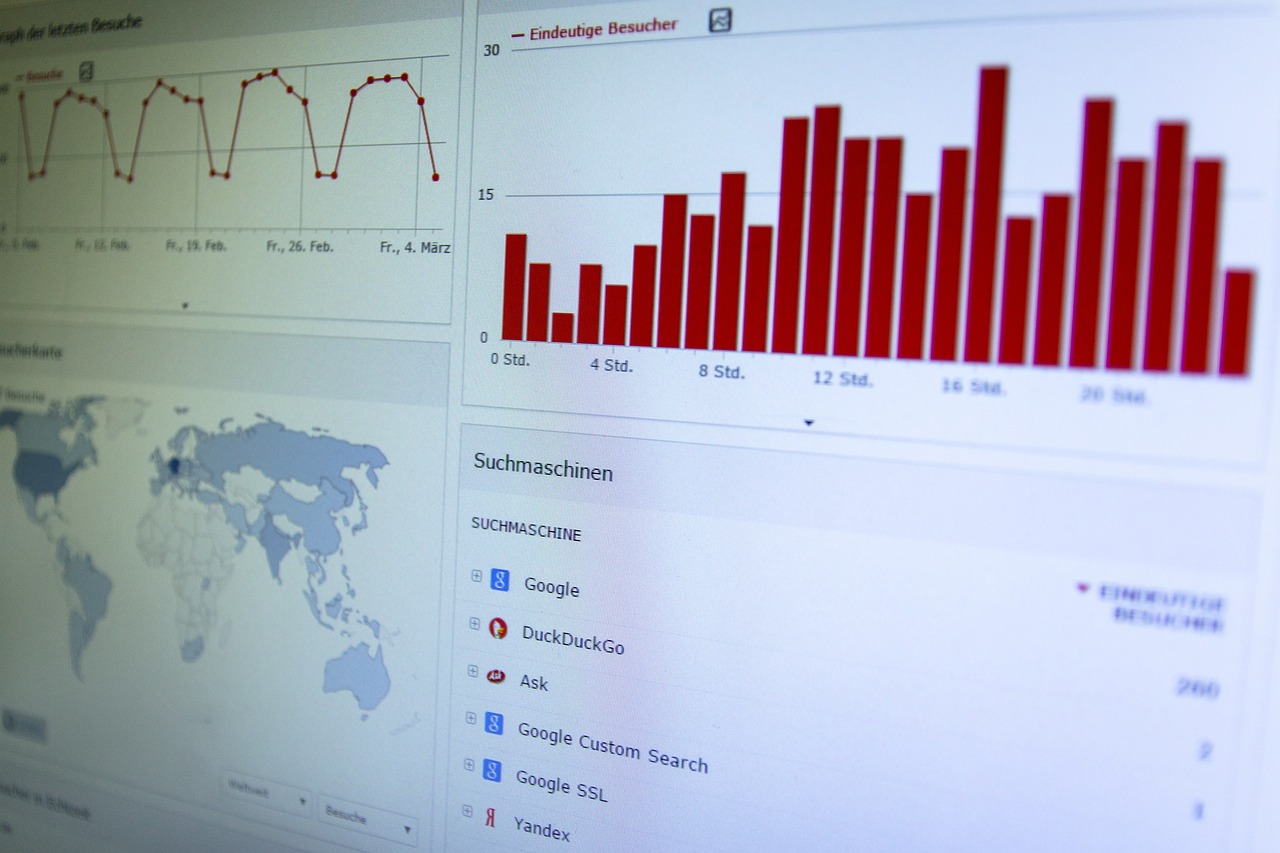Introduction
In the ever-evolving landscape of digital advertising, non-programmatic ads represent a traditional approach to buying and selling ad space. Unlike programmatic ads, which use automated systems and real-time bidding, non-programmatic ads involve direct transactions between advertisers and publishers. This article explores what non-programmatic ads are, their benefits, and how to effectively run them on a website.
What Are Non-Programmatic Ads?
Non-programmatic ads, also known as direct or traditional ads, are advertisements that are bought and sold through direct interactions between advertisers and publishers. This method often involves negotiations, contracts, and fixed pricing models. The key characteristics of non-programmatic ads include:
- Direct Sales: Advertisers and publishers engage in direct negotiations to agree on terms such as ad placement, duration, and cost.
- Fixed Pricing: Prices are typically fixed, either on a cost-per-impression (CPM), cost-per-click (CPC), or flat-rate basis.
- Manual Process: The ad buying and selling process is manual, requiring human intervention for negotiations, insertion orders, and ad trafficking.
Benefits of Non-Programmatic Ads
- Control and Transparency: Advertisers and publishers have more control over where ads are placed and can ensure brand safety and alignment with target audiences.
- Personal Relationships: Direct interactions foster strong relationships between advertisers and publishers, leading to long-term partnerships.
- Customization: Ads can be highly customized to fit the publisher’s site and the advertiser’s branding requirements.
Types of Non-Programmatic Ads
- Display Ads: Banner ads placed on websites, typically in header, footer, or sidebar positions.
- Sponsored Content: Articles, videos, or other content created in collaboration with the advertiser and published on the publisher’s site.
- Email Newsletters: Advertisements placed within email newsletters sent to subscribers.
- Direct Deals: Customized ad packages negotiated directly between the advertiser and publisher.
How to Run Non-Programmatic Ads on Your Website
1. Identify Your Inventory
Before reaching out to potential advertisers, you need to identify what ad inventory you have available. This includes:
- Ad Spaces: Determine where ads can be placed on your site (header, sidebar, footer, in-article, etc.).
- Ad Formats: Decide on the types of ads you can support (display, video, sponsored content, etc.).
- Audience Data: Gather data on your website’s audience, such as demographics, interests, and behavior, to attract relevant advertisers.
2. Create a Media Kit
A media kit is a document that provides potential advertisers with detailed information about your website and the advertising opportunities you offer. It should include:
- Website Overview: Information about your site’s mission, content, and audience.
- Ad Formats and Placements: Detailed descriptions and examples of available ad formats and placements.
- Traffic Data: Metrics such as monthly page views, unique visitors, and engagement rates.
- Pricing: A clear pricing structure for different ad formats and placements.
- Contact Information: How potential advertisers can get in touch with you to discuss opportunities.
3. Reach Out to Potential Advertisers
Once you have your inventory and media kit ready, start reaching out to potential advertisers. This can be done through:
- Direct Outreach: Contact businesses directly via email or phone, presenting your media kit and explaining how advertising on your site can benefit them.
- Advertising Networks: Join advertising networks that connect publishers with advertisers interested in direct deals.
- Networking: Attend industry events, webinars, and online forums to connect with potential advertisers.
4. Negotiate and Finalize Deals
When an advertiser shows interest, negotiate the terms of the deal. Key points to discuss include:
- Ad Placement: Where the ads will be displayed on your site.
- Ad Duration: How long the ads will run.
- Pricing: The cost of the ad placement and any discounts for long-term commitments.
- Creative Requirements: Specifications for the ad creatives, such as dimensions, file size, and format.
Once terms are agreed upon, draft a contract outlining the details and have both parties sign it.
5. Implement and Monitor Ads
After finalizing the deal, implement the ads on your website. This involves:
- Ad Trafficking: Uploading and positioning the ads on your site as per the agreement.
- Tracking and Reporting: Setting up tracking to monitor the performance of the ads, such as impressions, clicks, and conversions.
- Regular Communication: Keeping in touch with the advertiser to provide performance reports and discuss any necessary adjustments.
6. Evaluate and Optimize
Regularly evaluate the performance of the ads and optimize as needed. This may include:
- Ad Placement: Testing different placements to find the most effective positions.
- Creative Variations: Trying different ad creatives to see which perform better.
- Audience Targeting: Adjusting the targeting based on audience data to improve relevance and engagement.
Conclusion
Non-programmatic ads offer a traditional yet effective approach to digital advertising, providing control, transparency, and opportunities for strong relationships between advertisers and publishers. By understanding the fundamentals of non-programmatic ads and following best practices for running them on your website, you can create successful ad campaigns that benefit both you and your advertisers.
